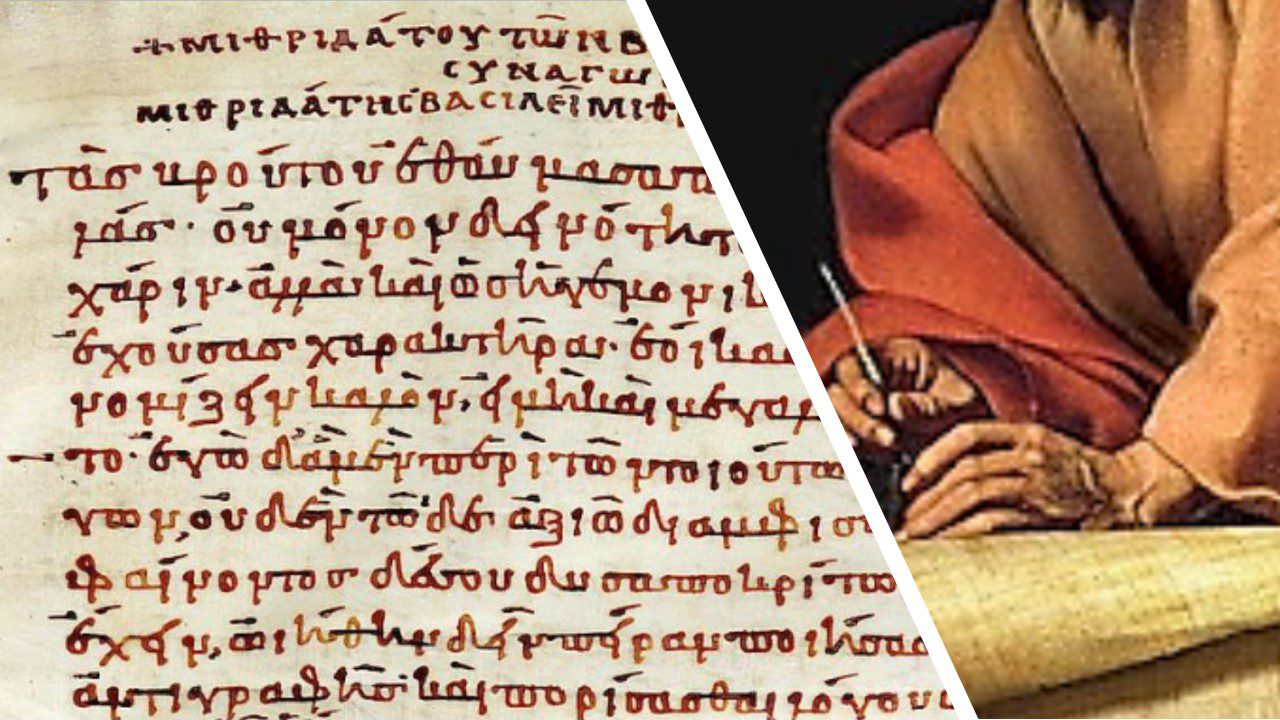
Fake Letters: Authors and Agendas in the Ancient World
University of Roehampton, London Kathryn Tempest
October 22, 2018 · 4:30 pm—6:00 pm · 010 East Pyne
Program in the Ancient World

The writing of fake letters was widely practiced in antiquity. But how and why did the pseudepigrapher go about his work? To answer such a question, this paper focuses on the letters attributed in antiquity to Marcus Brutus, all of which purport to come from the period 43-42 BC, when the Liberators were preparing for war against the joint forces of Mark Antony and Octavian. In this connection, attention will be paid to the Greek letters of Brutus: a collection of seventy short letters, thirty-five of them allegedly written by the tyrannicide, as he issued demands for resources in the province of Asia and within Lycia. Although they were admired in antiquity for their brevity and forcefulness, modern discussions have focused instead on issues of authenticity and authorship. Erasmus first doubted Brutus’ authorship of the Greek letters in 1520 (see Achelis 1917/18); this speculation was further fuelled by the celebrated dissertation of Bentley (1697), who illuminated the authorial practice of impersonating great figures from antiquity. Although Bentley was concerned with the letters of Phalaris, and not Brutus, the implications of his findings were vast. While some scholars have defended the attribution of the letters to Brutus (Rühl 1915; Goukowsky 2011; Jones 2015), historical errors and inconsistencies have led others to dismiss the collection as a forgery, either in full (Marcks 1883; Rawson 1986; Moles 1997) or in part (Westermann 1851; Smith 1936; Torraco 1959).
It is perhaps unfortunate that previous scholarship has focused almost exclusively on the question of Brutus’ real or feigned authorship; that is, on one half of the collection only. For, as I discuss in this paper, an introductory letter written by the compiler of the collection – an otherwise unidentified Mithridates – explains that he personally composed the other thirty-five letters as imaginary responses, because his nephew had wanted to know how the cities might have replied to Brutus’ repeated demands for money and military support. This explanation of the collection’s didactic function, I argue, coupled with a close examination of the contents of the letters does much to reveal their interest in rhetorical argumentation, and especially the dilemma form. But the cover letter of Mithridates also does something more than that; in reflecting on the art of composing his replies, the author takes his reader into the world of the fake letter writer, where he presents his work as both a scholar and a creative artist.















